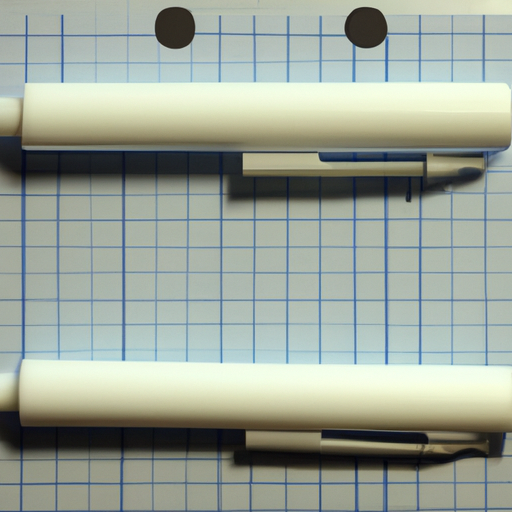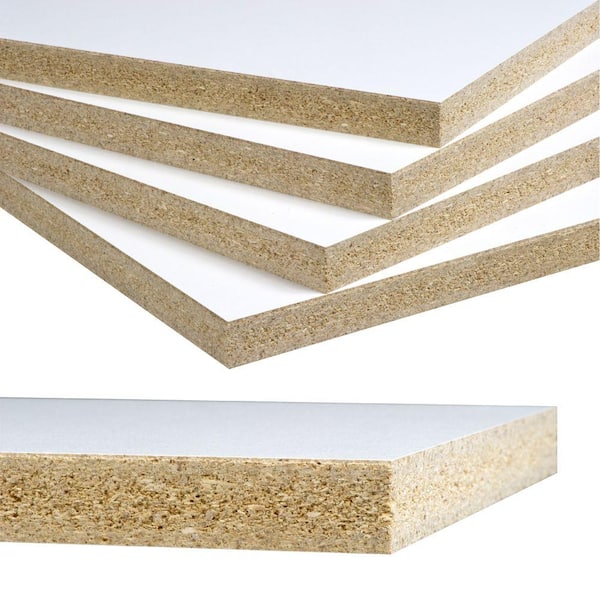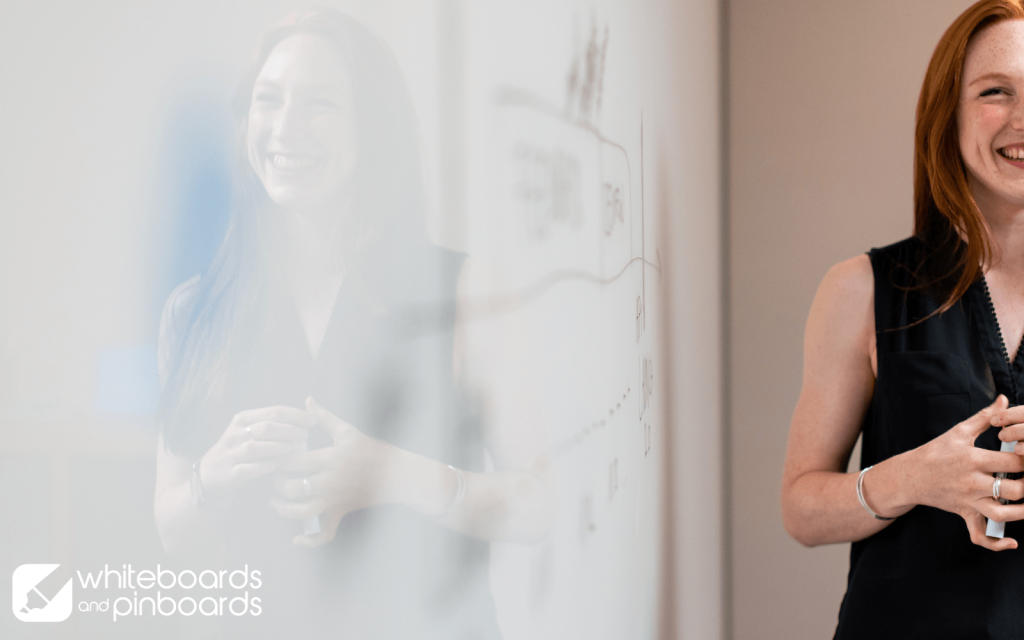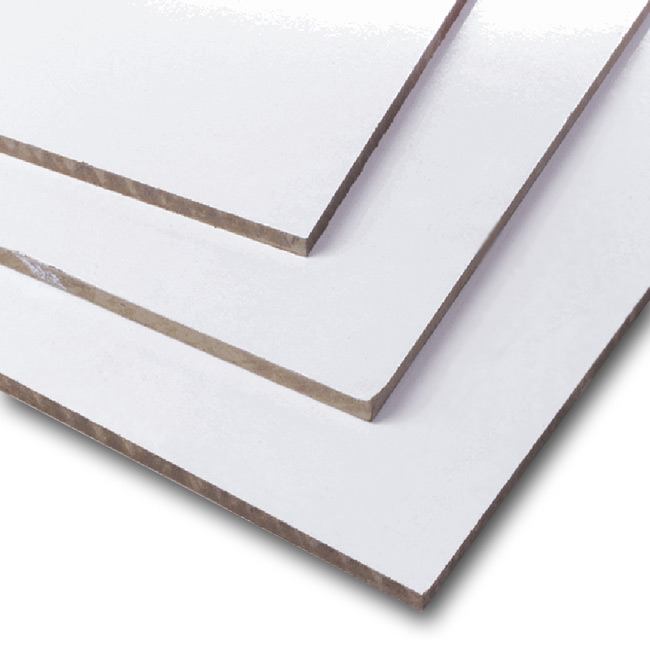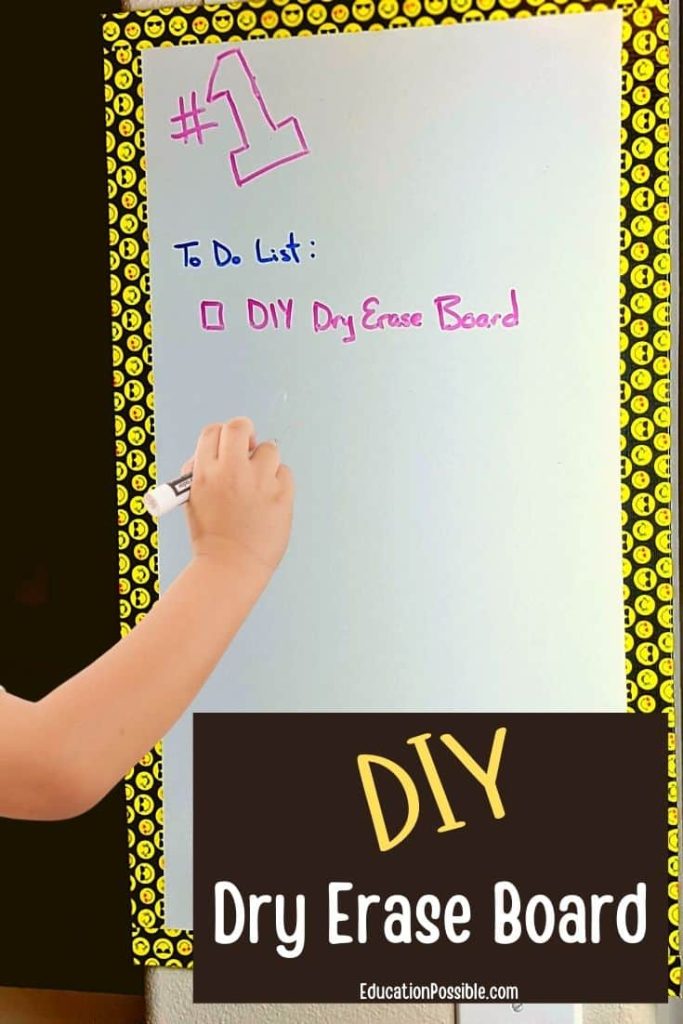So you’ve been tasked with choosing a new dry erase board for your office, but you’re not sure which one is the best fit. Well, you’re in luck! This article will provide a comparison between melamine and glass dry erase boards, giving you the information you need to make an informed decision. Whether you’re looking for durability, ease of cleaning, or overall aesthetics, we’ve got you covered. So let’s dive in and find the perfect dry erase board for your office needs!
Durability
Scratch resistance
When it comes to durability, both melamine and glass dry erase boards have their own strengths. Melamine boards are known for their scratch resistance, making them a great choice for high-traffic areas or environments where the board is frequently used. The melamine surface is made from a sturdy resin that can withstand light to moderate use without showing signs of wear and tear.
On the other hand, glass dry erase boards are also highly durable but may not be as scratch-resistant as melamine boards. While the glass surface is strong and can handle daily use, it is more prone to visible scratches, especially when used with sharp or abrasive objects. However, with proper care and maintenance, glass boards can still maintain their appearance and functionality over time.
Stain resistance
When it comes to stain resistance, melamine boards have an advantage. The non-porous surface of melamine makes it resistant to staining, allowing you to easily wipe off any ink or marker without leaving behind any stubborn marks or residue. This makes melamine boards ideal for offices where there is a lot of writing and erasing happening throughout the day.
Glass dry erase boards, on the other hand, may be more prone to staining. While glass can be easily wiped clean, some marker ink or stains may leave behind faint marks or residue that require a bit more effort to remove. However, with regular cleaning and care, the stain resistance of glass boards can still be maintained.
Impact resistance
When it comes to impact resistance, glass dry erase boards have the upper hand. The tempered glass used in these boards is designed to be highly resistant to impact, making it less prone to cracking or shattering. This means that even if the board accidentally falls or gets bumped, it is less likely to break compared to melamine boards.
Melamine boards, while generally durable, are more susceptible to cracks or chips when subjected to significant impact. While they can handle normal wear and tear, they may not be as resilient in high-impact situations.
Maintenance
Cleaning
Both melamine and glass dry erase boards are relatively easy to clean. Melamine boards can be wiped clean with a dry cloth or an eraser, making it a quick and hassle-free process. For more stubborn stains, mild soap and water can be used to remove the marks without damaging the surface.
Glass dry erase boards can also be cleaned with a dry cloth or eraser, but they may require a bit more care. The glass surface can be easily cleaned with mild soap and water, or with a glass cleaner specifically designed for these boards. It is important to avoid using abrasive cleaners or materials that may scratch the glass surface.
Ghosting
Ghosting refers to the residual marks or shadows left behind after erasing the marker ink from the board. While both melamine and glass dry erase boards can experience ghosting to some extent, the severity may vary.
Melamine boards are more prone to ghosting, especially with frequent and heavy use. Over time, the marks may become more noticeable and may require additional cleaning or the use of specialized cleaning solutions to remove the ghosting completely.
Glass dry erase boards, on the other hand, are generally less prone to ghosting. The smooth and non-porous glass surface allows for easier erasing without leaving behind traces of the previous markings. However, if ghosting does occur, it can usually be easily removed with a mild glass cleaner or rubbing alcohol.
Surface lifespan
The lifespan of both melamine and glass dry erase boards depends on their quality and level of use. Generally, melamine boards have a shorter surface lifespan compared to glass boards. With heavy use, the melamine surface can start to show signs of wear and may require replacement after a few years.
Glass dry erase boards, on the other hand, have a longer surface lifespan. The tempered glass surface is highly durable and can withstand years of use without significant wear or deterioration. With proper care, a glass board can maintain its functionality and appearance for many years, making it a more long-lasting investment.

Writing Performance
Smoothness
When it comes to smoothness, both melamine and glass dry erase boards offer a different writing experience. Melamine boards have a slightly textured surface, which some people may prefer for a more tactile writing feel. The textured surface can provide a bit of resistance, making it easier to control the marker and create clean lines.
Glass dry erase boards, on the other hand, have a smooth and slick surface. Writing on glass feels more effortless and allows for smoother marker gliding. This can be preferred by those who prefer a sleek and effortless writing experience.
Color vibrancy
Melamine boards are known for their ability to display vibrant and vivid colors. The white surface of a melamine board allows the marker ink to stand out, making the writing and drawings more visually appealing. This can be especially useful for presentations or visual displays where the colors need to pop.
Glass dry erase boards, on the other hand, may have slightly muted color vibrancy. The transparent nature of the glass can slightly dull down the colors, especially if the board is placed against a colored or patterned background. However, the difference in color vibrancy may not be significant to most users and may not affect the overall writing performance.
Writing experience
The overall writing experience can vary between melamine and glass dry erase boards. Melamine boards provide a more tactile and controlled writing experience, which can be helpful for those who prefer more resistance and control over their marker strokes. The slightly textured surface allows for easier gripping of the marker, providing a more traditional writing feel.
Glass dry erase boards, on the other hand, provide a smoother and more effortless writing experience. The slick surface allows the marker to glide easily, resulting in smoother lines and strokes. This can be preferred by those who value a sleek and modern writing experience.
Cost
Initial cost
When it comes to initial cost, melamine boards are generally more affordable compared to glass dry erase boards. Melamine boards are available at a lower price range, making them a budget-friendly option for offices or individuals who are looking for a cost-effective whiteboard solution.
Glass dry erase boards, on the other hand, tend to have a higher price point. The use of tempered glass and the manufacturing process contribute to the higher cost, making glass boards a more premium option. However, it is important to consider the long-term cost and durability when making a purchasing decision.
Long-term cost
While melamine boards may have a lower initial cost, they may require more frequent replacements over time. The melamine surface is more prone to wear and tear, especially with heavy use or exposure to harsh cleaning chemicals. This means that the long-term cost of melamine boards may include the cost of replacements and maintenance.
Glass dry erase boards, on the other hand, have a higher initial cost but offer a longer lifespan and durability. The tempered glass surface is resistant to scratches and can withstand years of use without significant degradation. This makes glass boards a more cost-effective option in the long run, as they require fewer replacements and maintenance costs.
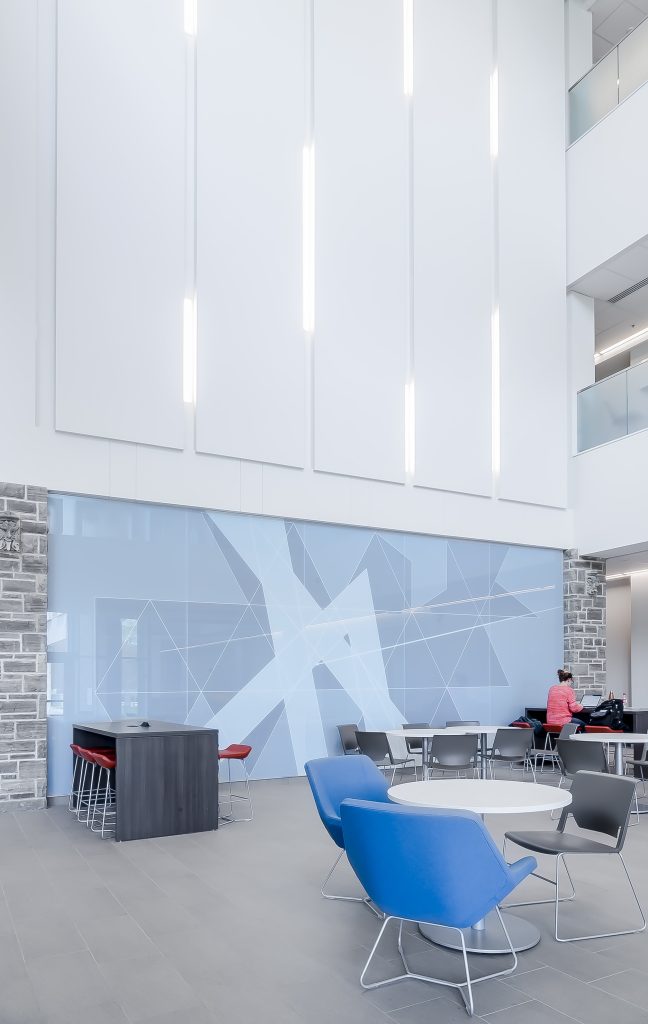
Installation
Mounting options
Both melamine and glass dry erase boards offer different mounting options to suit different installation needs. Melamine boards are usually lightweight and can be easily mounted on walls using adhesive strips or screws. This makes them a versatile option for offices or spaces where the walls may not be able to support heavy or permanent installations.
Glass dry erase boards, on the other hand, are heavier and may require more secure mounting options. Most glass boards come with mounting brackets or hardware that allows for a more permanent and secure installation on walls. This ensures that the board is stable and can withstand the weight and pressure of everyday use.
Ease of installation
In terms of ease of installation, melamine boards are generally easier to install compared to glass boards. The lightweight nature of melamine boards makes them easier to handle and maneuver during installation. With adhesive strips or screws, melamine boards can be quickly and easily mounted on walls without much hassle.
Glass dry erase boards, on the other hand, require more careful handling and installation. The tempered glass surface is heavier and more fragile, requiring more attention during the mounting process. It may also require additional tools or assistance to ensure a secure and safe installation.
Aesthetic Appeal
Design options
Melamine boards come in a variety of design options, ranging from plain white surfaces to boards with grids, lines, or custom printing. This allows for flexibility in choosing the right design that suits the specific needs and preferences of the office or individual. The design options can enhance the visual appeal and functionality of the board.
Glass dry erase boards, on the other hand, usually have a more minimalist design. The transparent glass surface creates a sleek and modern look that can complement any office decor. While the design options may be limited in terms of patterns or printing, the simplicity and elegance of the glass surface make it an attractive choice for many.
Visual appeal
Both melamine and glass dry erase boards have their own visual appeal. Melamine boards, with their bright white surface and customizable design options, can create a visually striking and organized display. The vibrant colors and contrast between the marker ink and the white surface make the content stand out, capturing attention and enhancing the visual appeal.
Glass dry erase boards, on the other hand, offer a more subtle and sophisticated visual appeal. The transparent glass surface blends seamlessly with the surroundings, creating a seamless and unobtrusive look. This can be particularly appealing for offices or spaces where a sleek and minimalist aesthetic is desired.

Versatility
Functionality for different purposes
Both melamine and glass dry erase boards offer functionality for different purposes. Melamine boards are versatile and can be used in various settings, including classrooms, meeting rooms, or home offices. They are suitable for general writing and brainstorming sessions, as well as for organizing schedules or displaying important information.
Glass dry erase boards, on the other hand, are also versatile and can be used in a range of environments. The sleek and modern look of glass boards makes them suitable for contemporary office spaces or conference rooms. They can also be used for creative brainstorming sessions or as decorative display boards.
Compatibility with markers and accessories
Melamine boards are compatible with a wide range of markers and accessories, making them highly versatile. They can be used with dry erase markers, permanent markers (with proper cleaning), or even chalk markers. Additionally, melamine boards can be easily used with accessories such as magnets or clips, allowing for easy attachment of documents or notes.
Glass dry erase boards, on the other hand, have limited compatibility with markers and accessories. Due to the nature of the glass surface, only dry erase markers are suitable for use. Magnetic accessories are also not compatible with glass boards unless they are specifically designed for magnetic glass surfaces. This may limit the versatility of glass boards in certain settings.
Eco-Friendliness
Sustainable materials
When it comes to eco-friendliness, melamine boards may have an advantage. Melamine surfaces are often made from sustainable materials such as resin that can be sourced responsibly. This means that choosing a melamine board can have a lower environmental impact compared to other materials.
Glass dry erase boards, on the other hand, may have a higher environmental impact due to the manufacturing process and the use of tempered glass. However, some glass boards are made from recycled glass, which can contribute to a more sustainable option. It is important to consider the materials used in the production of the board and choose environmentally conscious options whenever possible.
Recyclability
Melamine boards are not easily recyclable due to the mix of materials used in their construction. The combination of resin and paper layers makes it challenging to separate and recycle the components. This means that when a melamine board reaches the end of its lifespan, it may end up in a landfill.
Glass dry erase boards, on the other hand, have a higher potential for recyclability. Glass is a highly recyclable material and can be repurposed into new glass products. This makes glass boards a more sustainable option, as they can be recycled at the end of their lifespan instead of ending up in a landfill.
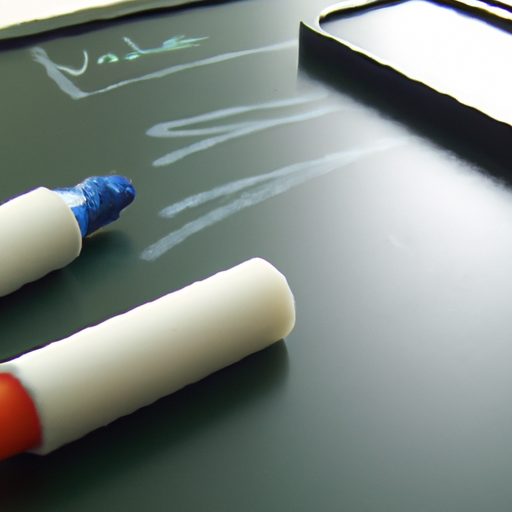
Availability
Product availability
When it comes to product availability, melamine boards are more widely available compared to glass dry erase boards. Melamine boards can be found in most office supply stores or online retailers, making them easily accessible for purchase. They are available in various sizes and design options, allowing for more flexibility in finding the right board for your needs.
Glass dry erase boards, on the other hand, may be less readily available in physical stores. While they can still be found in some specialty office supply stores, they may have more limited options in terms of sizes and designs. Online retailers may offer a wider range of glass boards, making it easier to find the right fit for your office.
Customization options
Both melamine and glass dry erase boards offer customization options, but the extent may vary. Melamine boards can be customized with printed designs, grids, or lines, allowing for a more tailored experience. This can be particularly useful for offices or classrooms that require specific layouts or branding.
Glass dry erase boards, on the other hand, may have limited customization options due to the nature of the glass surface. While some glass boards can be custom printed with logos or designs, the options may be more limited compared to melamine boards. However, the minimalist and sleek look of glass boards can still complement any space with a touch of elegance.
Health and Safety
Chemical composition
Melamine boards are generally considered safe for use in office environments. The melamine surface is made from a resin that does not release harmful chemicals or toxins during use. This makes them suitable for busy environments such as classrooms or offices where multiple people may be using the board regularly.
Glass dry erase boards, on the other hand, are also considered safe to use. The tempered glass surface does not release any harmful chemicals and is non-porous, minimizing the risk of bacteria growth. This can be particularly important when it comes to maintaining a clean and hygienic environment.
Use in busy environments
Both melamine and glass dry erase boards can be used in busy environments, but they may have different considerations. Melamine boards are generally more resistant to scratches and wear, making them suitable for high-traffic areas or spaces where the board will be frequently used. They can withstand heavy use without showing visible signs of damage.
Glass dry erase boards, on the other hand, may require more care and attention in busy environments. While the glass surface is durable, it is more prone to visible scratches and stains if not handled properly. However, with regular cleaning and maintenance, glass boards can still maintain their functionality and appearance in busy environments.
